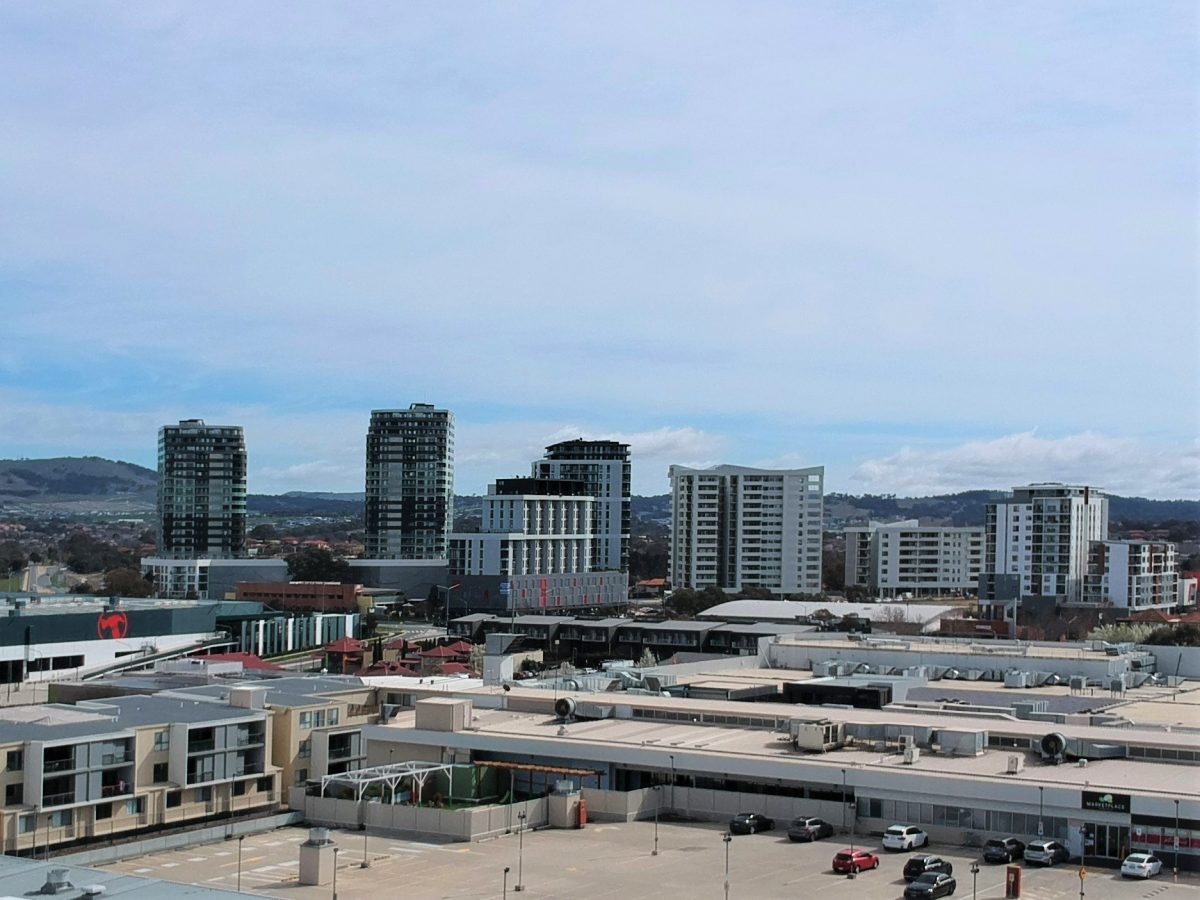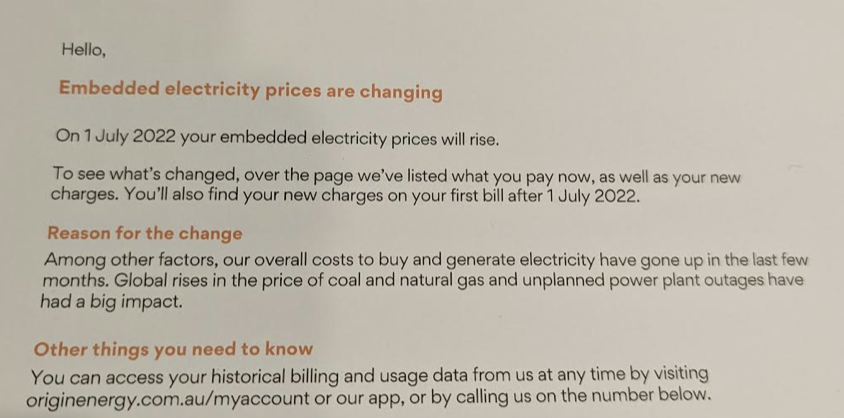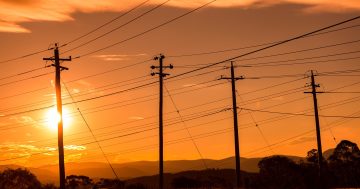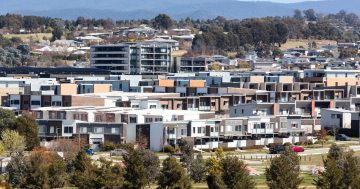
Embedded electricity networks are common in units, townhouses and apartment complexes. Photo: Region.
More expensive bills and fewer options as a consumer but big savings for the developer.
That’s how Labor backbencher Michael Pettersson described embedded electricity networks as he called on the government to commit to a review of these arrangements – something it agreed to.
Mr Pettersson said he had been made aware of situations where apartment or unit-dwellers found themselves locked into contracts with rising prices as other customers were able to shop around for lower prices.
He said he was concerned about consumer protection and choice for the individual, and a lack of information about what would happen if the power went out.
Embedded networks are private utility networks that supply services like electricity and wifi, and are common in multi-resident complexes like apartment blocks and some retirement homes.
The wiring is configured to let owners sell energy to tenants by bulk-buying supply from a retailer or generating energy onsite.

This was the letter some apartment residents received – to their shock – earlier this year. Photo: Screenshot.
Earlier this year, some apartment dwellers received letters from their providers informing them their electricity bills would be rising in the new financial year.
This was despite ACT’s regulator announcing earlier that Canberra households would enjoy lower bills.
“Consumers should always be able to access the cheapest market offering on their utilities,” Mr Pettersson said.
“We have regulations on utility providers for a reason and embedded networks are taking on [that role],” he said.
“It’s only right the consumers can have an appropriate level of protection. I hope a review can provide us with some clarity on this issue and quickly.”
In particular, Mr Pettersson is calling on the government to investigate the appropriateness of a ban on new embedded networks, further regulation of embedded network providers, and additional consumer protections for embedded network users.
His motion passed the ACT Legislative Assembly on Tuesday (18 October) with tripartisan support.

Labor backbencher Michael Pettersson called on the government to investigate embedded electricity networks and a potential ban on them. Photo: Region Media.
Opposition Leader Elizabeth Lee said any intervention to bring down the cost of living and increase energy competition in the Territory was welcome, but she questioned why it took a backbencher to bring this motion for the government to be taking action on the matter.
“I’m genuinely surprised the government has not already looked into this issue before making announcements about banning internal combustion engines,” she said.
“[It] should be getting on with the job.”
Energy Minister Shane Rattenbury said the issue was complex but he had already directed the Environment, Planning and Sustainable Development Directorate (EPSDD) to commence investigations into embedded electricity networks in the Territory.
He said those were still in the initial stage and the scope of work had yet to be determined.
General manager at Vantage Strata Jarrod Smith told Region he understood people would be annoyed if their electricity prices rose, but his recommendation to anyone considering buying an apartment or unit was to do research first.
“[Questions about wifi, electricity, water and gas] need to be asked during the purchasing process,” he said.
“When you’ve got an embedded network, yes, you’re essentially stuck with that one provider because of the network and the infrastructure.
“If you try to change, there are usually extensive costs, not to mention the fact you’d have to install your own infrastructure associated with it.”
Mr Smith encouraged Owners Corporations to shop around to find the best deal for all inhabitants.














